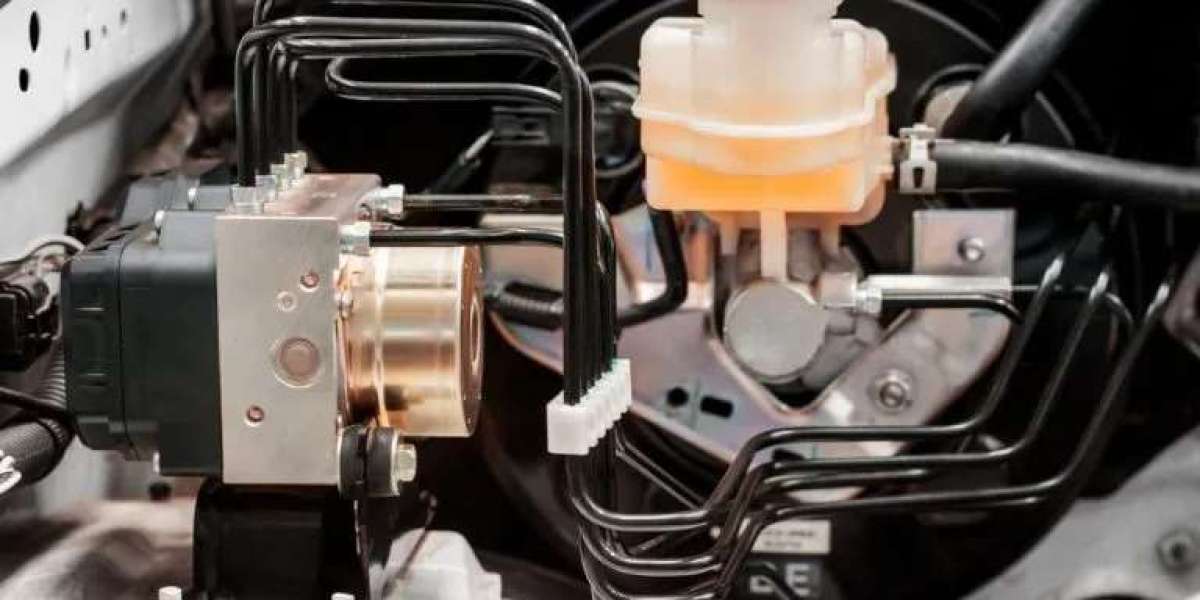Hydraulic systems thrive on two things: power and control. If you’re running heavy machinery, automation equipment, or even compact servo-driven systems, you know that the pump is the beating heart of your operation. But not all pumps are created equal. Choosing the right type—whether an internal gear pump or an external gear pump—can mean the difference between smooth, efficient performance and costly downtime.
The truth is, both internal and external gear pumps play critical roles in hydraulics. Each has its strengths, weaknesses, and best-fit applications. If you’ve ever wondered whether to use one or combine both, this post will give you clarity. We’ll explore how internal and external gear pumps work, why industries rely on them, how they integrate with components like proportional valves, cylinder position sensors, servo drives and motors, and servo motor driven hydraulic pumps, and why the right hydraulic servo system supplier is essential for success.
By the end, you’ll know exactly how these pumps fit into your business, whether you’re looking to improve efficiency, fix hydraulic leaks, or build cutting-edge servo-hydraulic systems.
Internal vs. External Gear Pumps: A Quick Overview
Internal Gear Pumps
Operate with an inner and outer gear, separated by a crescent.
Known for quiet operation, steady flow, and the ability to handle a wide viscosity range.
Ideal for servo-hydraulic systems, where smooth control matters.
External Gear Pumps
Consist of two identical gears rotating in opposite directions.
Provide high pressure and high efficiency.
Well-suited for robust, heavy-duty tasks where flow precision is less critical.
Together, internal and external gear pumps cover a wide range of needs—from quiet, delicate processes to high-pressure power applications.
Why Both Types Are Needed in Industry
Many industries rely on hybrid setups where internal and external gear pumps work together. For example, an injection molding machine might use internal gear pumps for precision filling and external gear pumps for clamping or ejection.
A competent hydraulic servo system supplier will assess whether your operation needs one type, the other, or a combination. This decision depends on factors such as:
Energy efficiency goals
Required flow and pressure ranges
Noise level restrictions
Integration with sensors and servo drives
Integration with Hydraulic Systems
1. Servo Motor Driven Hydraulic Pumps
Both internal and external gear pumps become more efficient when paired with servo motor driven hydraulic pumps. The servo adjusts pump speed on demand, cutting energy waste and improving precision.
2. Hydraulic Pumps and Valves
Gear pumps must work seamlessly with hydraulic pumps and valves such as hydraulic pump valves, zone valves, and 2-way hydraulic flow control valves. The right combination ensures precise flow distribution across multiple cylinders.
3. Sensor Feedback
Modern systems rely on data. By combining pumps with cylinder position sensors, optical position sensors, or low cost linear position sensors, operators can achieve high-precision control. These sensors feed data to dc servo drives and precision servo motors, closing the loop between command and performance.
4. Transmission and Torque Control
When connected to a high speed planetary gearbox, both pump types deliver torque amplification, especially when used in assembly motor pump or hydraulic pump with motor systems.
Benefits of Internal and External Gear Pumps
1. Flexibility
Between them, they cover almost every industrial requirement—from small stand alone hydraulic units to large-scale manufacturing setups.
2. Energy Efficiency
When used with variable displacement pumps and servo drives and motors, they reduce waste and cut power costs.
3. Reliability
Their design ensures long service life, lowering the need for frequent hydraulic valves repair or hydraulic leak repair.
4. Cost-Effectiveness
For industries conscious of budget, external gear pumps offer durable, affordable solutions, while internal gear pumps deliver long-term savings through reduced wear and noise.
Common Challenges and Maintenance Needs
No pump is indestructible. Here’s what you need to watch out for:
Leaks: Seal failures can occur, requiring quick hydraulic leak repair to prevent contamination.
Wear and Tear: Gear teeth may wear, especially in external gear pumps under high load. Regular inspection helps.
Heat Build-Up: Using cross pumps, pump vanes, and proportional valves helps balance system heat.
Contamination: Keeping systems clean is vital—dirty oil can cause premature failure in both pump types.
A reliable supplier will not just sell you pumps but also guide you on how to fix hydraulic leaks, replace worn parts, and maintain pumps for maximum life.
Real-World Application Example
A heavy-equipment manufacturer struggled with high noise levels and excessive power consumption using external gear pumps alone. By partnering with a hydraulic servo system supplier, they upgraded to a hybrid system:
Internal gear pumps managed precision lifting and positioning with feedback from cylinder position sensors.
External gear pumps provided high-pressure support for demanding functions.
Integration with servo drives and motors allowed energy savings of 40%.
The result: quieter operation, improved accuracy, reduced downtime, and lower energy bills.
Supplier’s Role in Gear Pump Selection
When it comes to internal and external gear pumps, the role of your supplier cannot be overstated. They should offer:
A full range of hydraulic pumps and valves
Expertise in assembly motor pump systems
Integration with DBW systems and servos robotics
Spare parts and services for hydraulic valves repair and hydraulic leak repair
Support for both fixed and variable displacement pumps
In short, the right supplier doesn’t just ship parts—they become a long-term partner in system performance.
Future Trends in Gear Pumps
Looking ahead, expect to see:
Smarter Pumps: Integration with IoT for predictive maintenance.
Hybrid Designs: Wider use of pumps combining internal and external features.
Robotics Expansion: More applications in servos robotics, where precision and strength converge.
Eco-Efficient Solutions: Gear pumps optimized for sustainable hydraulics, reducing overall energy consumption.
Conclusion
Whether you’re managing high-pressure industrial presses or delicate automation systems, the choice between an internal gear pump and an external gear pump is critical. Each offers unique advantages, and in many cases, the best solution is to combine them for maximum performance.
With the right integration—using servo motor driven hydraulic pumps, servo drives and motors, cylinder position sensors, and robust hydraulic pump valves—these pumps form the backbone of efficient, precise, and reliable hydraulic systems.
And with support from a trusted hydraulic servo system supplier, you can ensure your equipment not only runs smoothly today but adapts to the automation challenges of tomorrow.













